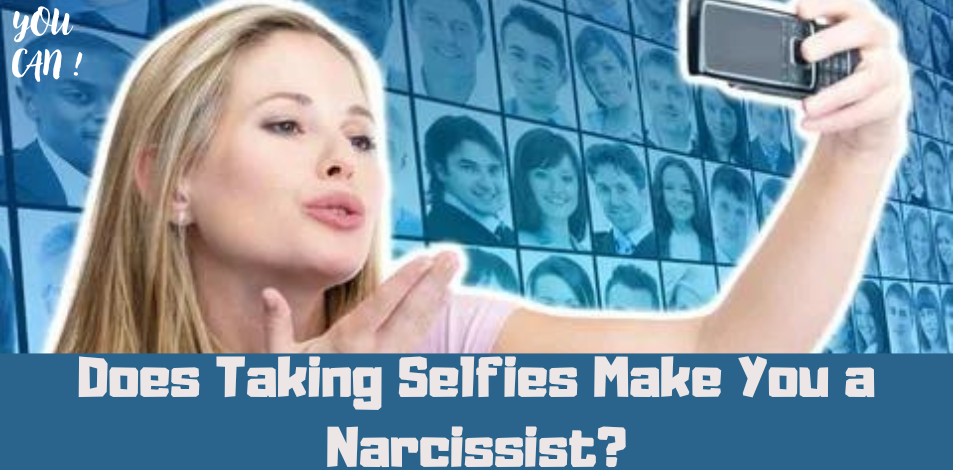
You’ve heard about narcissism a million times, right? It’s the most common way selfies are framed in news and entertainment media, but bringing it up involves ignoring a lot of details about people’s lived experiences and misinterpreting a lot of research findings.
First, the psychological disorder narcissism involves significant impairments in personality functioning, a poor ability to recognize the feelings and needs of others, and pathological personality traits like hostility, grandiosity, and attention-seeking. Most selfie-takers accused of narcissism don’t exhibit these traits.
Here’s a typical process for how news stories about narcissistic selfies come to light: First, a psychological study is published. At best, this might convincingly show that some people with narcissistic tendencies may be more likely to post excessive selfies than those who are mentally healthy, according to the Diagnostic and Statistical Manual of Mental Disorders and standard psychological personality tests like the Big Five or the Dark Triad. The Big Five is a test that aims to classify people’s basic personality dimensions across categories of extraversion, agreeableness, openness, conscientiousness, and neuroticism. The Dark Triad tests focus on the malignant personality traits of narcissism, Machiavellianism, and psychopathy. These studies have been criticized for generalizing without sufficient statistical basis. In other words, the quantity and diversity of people included are not representative of the general population and are not sufficient to base reliable generalizations. These studies have also been criticized for comparing rare isolated cases of selfie abuse or sick/bad people (who take selfies by accident) to the entire selfie culture. The comparison here is that I claimed that twirling causes autism in children because some autistic children love twirling. While we have a long history of blaming gods, technology, and other people for bad behavior and health disorders, we also have a long history of seeing these myths dispelled. Speaking of myths—the one that claims that the American Psychiatric Association considers selfies a real condition? That’s not true. A quick visit to their website reveals a dry, almost annoying statement: “No, there is no self-inflicted illness in the DSM, but there are plenty of genuine mental disorders that need and deserve treatment.” In the 18th century, reading novels was said to cause fever, and in the early 20th century, riding bicycles was thought to lead to homosexuality. Yet here we are, reading novels and riding bicycles, without fever and regardless of sexual orientation. What’s more, what often happens is that a reasonably plausible psychological study claiming a moderate relationship between narcissistic tendencies and taking selfies is simplified and distorted to generate interest. Suddenly, there’s “news” claiming there’s “scientific evidence” that taking selfies is a sign of narcissism or psychopathy, or worse—and leads to it.
Analyses of popular media texts critical of selfies have found that they depict selfies as indicators of toxic selfishness and self-obsession. The general norms that guide these texts assume that excessive self-love is psychologically, culturally, and politically deviant.
This prompts the curious mind to ask why narcissism is such a compelling judgment in the first place. Why is narcissism invoked to criticize selfie practices? Is it invoked for everyone in the same way? Why does it have the potential to function as a judgment we want to avoid?
Essentially, the assumption behind calling selfies narcissistic is that if you take a picture of yourself, you must believe you deserve to be seen. This has been, for hundreds of years, acceptable to powerful, wealthy men who painted pictures of themselves or had ridiculously large statues of themselves, or everything from streets to gadgets to theories named after them. And herein lies another pivotal point: most selfie-taking practices among young men, women, and gay men are derided as narcissistic. If it is acceptable for some people to like themselves and for others to like them, but for others to be satisfied with themselves to be seen as pathological, this raises the question of power and the maintenance of existing power relations.
The judgment that selfie-taking practices among young women are narcissistic can be seen as an underlying anxiety about their sudden transgression of traditional gatekeepers of vision. When young girls no longer need the regulatory intervention of a powerful man with a modeling agency and another with a professional camera, and when gay men or transgender children slip through the cracks and proudly show that they exist, the social order is shaken. The judgment of narcissism is based on the assumption that others, social norms, and institutions have the right to decide whether you are worth looking at. Going further, we could say that the consumer economy thrives when people, especially women, are not satisfied with themselves. Much money is made selling us creams, clothes, and gym memberships that promise to bring us closer—but not quite—to what is worth looking at.




